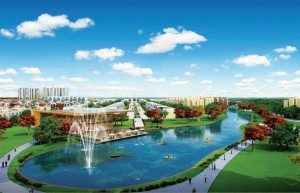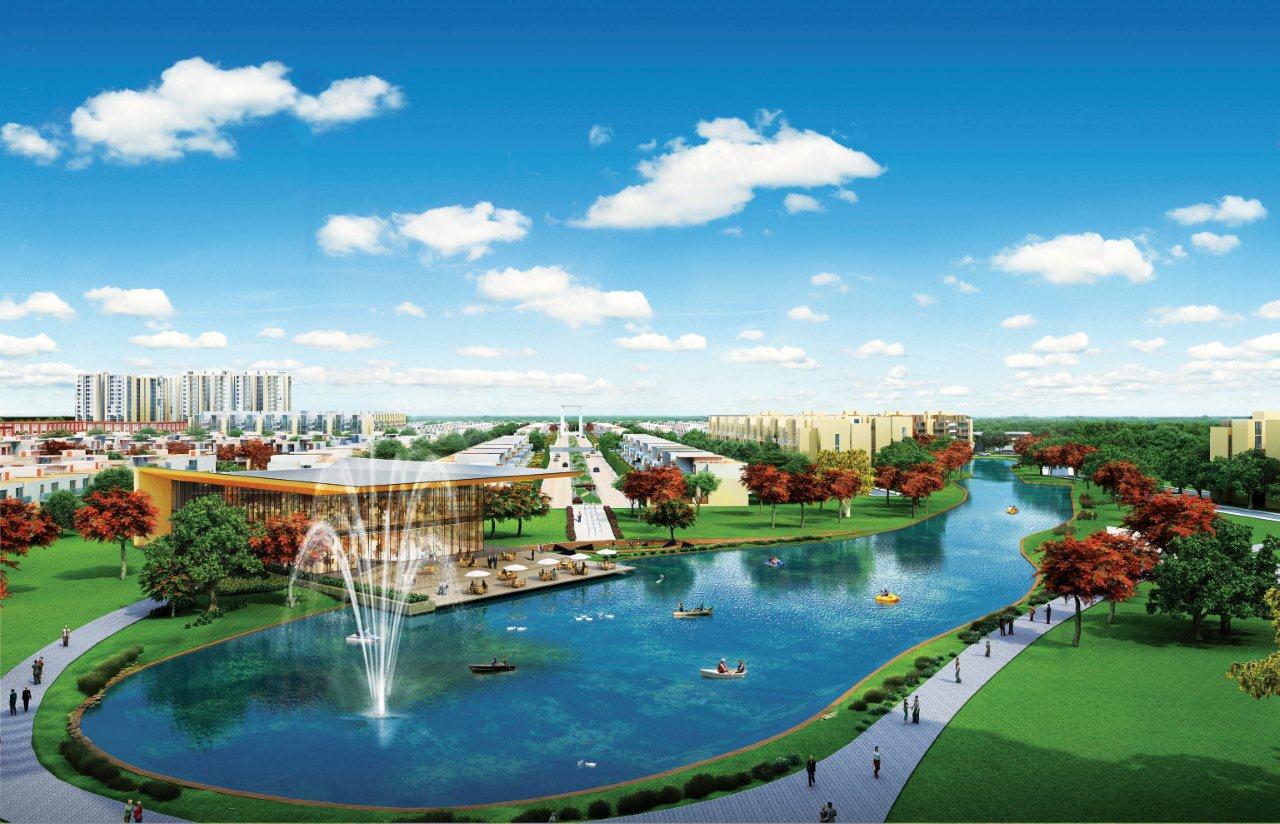 Track2Realty Exclusive: Puniet Singh, CEO, Sherwoods Independent Property Consultants says the latest trend of moving to the outskirts in the vicinity of IT companies benefits individual and professionals to have their comfort nearby with office and home in the same areas. This will expand the horizon of modern living as well. Further the distance from the city allows its residents to stay away from traffic, pollution and congestion.
Track2Realty Exclusive: Puniet Singh, CEO, Sherwoods Independent Property Consultants says the latest trend of moving to the outskirts in the vicinity of IT companies benefits individual and professionals to have their comfort nearby with office and home in the same areas. This will expand the horizon of modern living as well. Further the distance from the city allows its residents to stay away from traffic, pollution and congestion.
The difference between a city and such a township is that it is a venture entirely conceptualised and executed by the developer. “Integrated townships provide residents with the tranquillity of a home in the countryside, equipped with comforts and amenities of a bustling metro. These self sustained townships are mini cities,” says Ravi Saund, COO, CHD Developers who is building a 250 acre township at Karnal in Haryana.
“There seems to be a good amount of demand for integrated township development as long as there is a right mix of various elements as part of the development,” says Brotin Banerjee, MD & CEO of Tata Housing.
According to Madhav Pai, Director, EMBARQ India, townships should aim to retain urban characteristics, prioritize pedestrian and bicycling accessibility and promote mixed-use developments that accommodate the needs of all including children, the elderly and differently-abled.
“This will result in improved accessibility, reduced carbon emissions, enhanced quality of life and economic development. It is important to influence the way we imagine, plan and build our cities and make mobility – especially non-motorized modes and linkages to public transport – an active indicator that consumers, builders and policy makers insist upon in new developments,” he says.
While encouraging sustainable mobility principles in real estate, Kishor Pate, CMD, Amit Enterprises Housing and Hon. Secretary, CREDAI (Maharashtra) says, “From a residential real estate point of view, the solution clearly lies in providing residents with as many facilities of daily living as possible within residential projects. The developers should focus on project designs that incorporate such facilities and designating no-vehicle zones. The location of the project is also a critical factor. If space constraints within the project do not permit the provision of these facilities, the project can still be located close enough to them to minimise vehicle use.”
Seconds Ashok Kumar, Principal and MD, Cresa Partners, “The new residential developments and townships should inhibit the growth and use of motorized mobility options. This will result in improved accessibility, reduced carbon emissions, enhanced quality of life and economic development.”
Many corporates nowadays take up huge spaces for their offices along with residential premises for their employees. This enables the employees to walk down to the work place, which is nearby. This avoids commuting and the ordeal of parking and gives extra time on hand to spend at sports or recreational activity or with family members. This saves time, hence energy and cost.
…..to be continued





